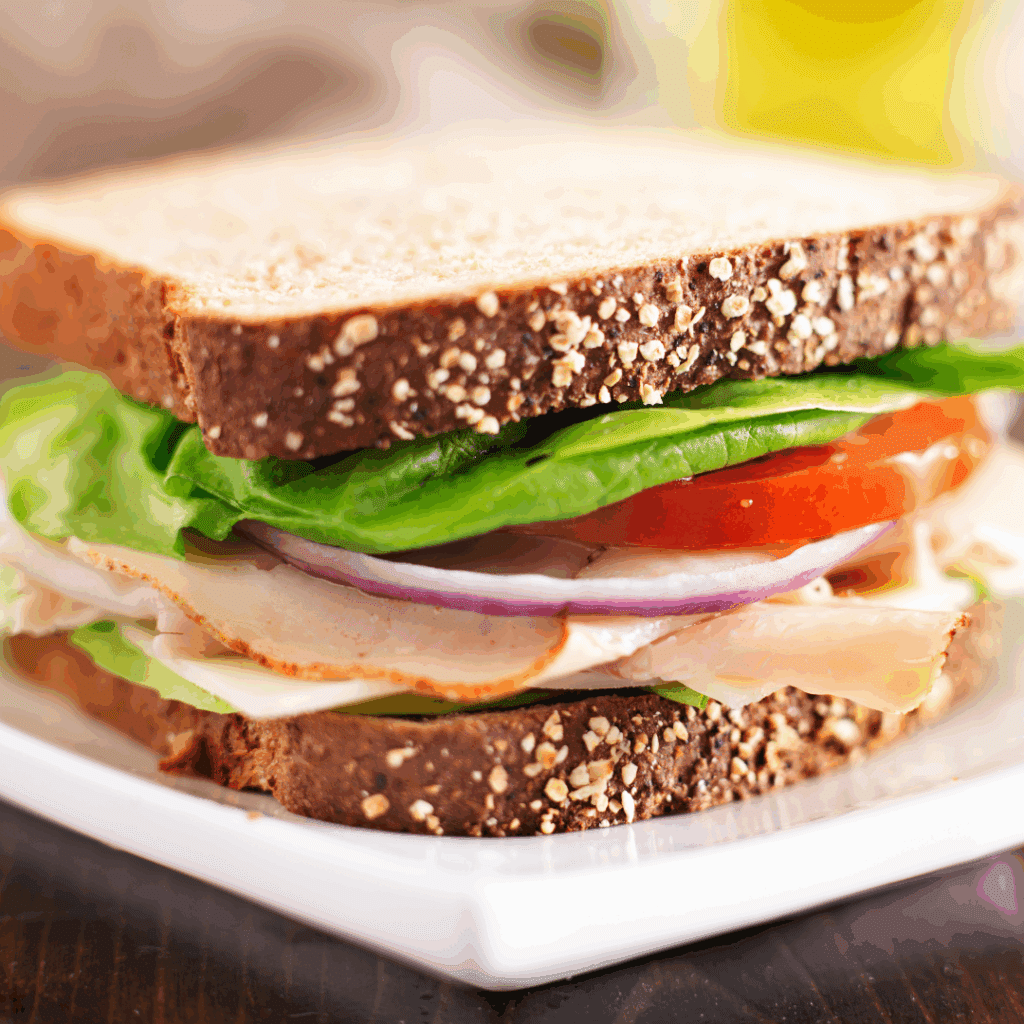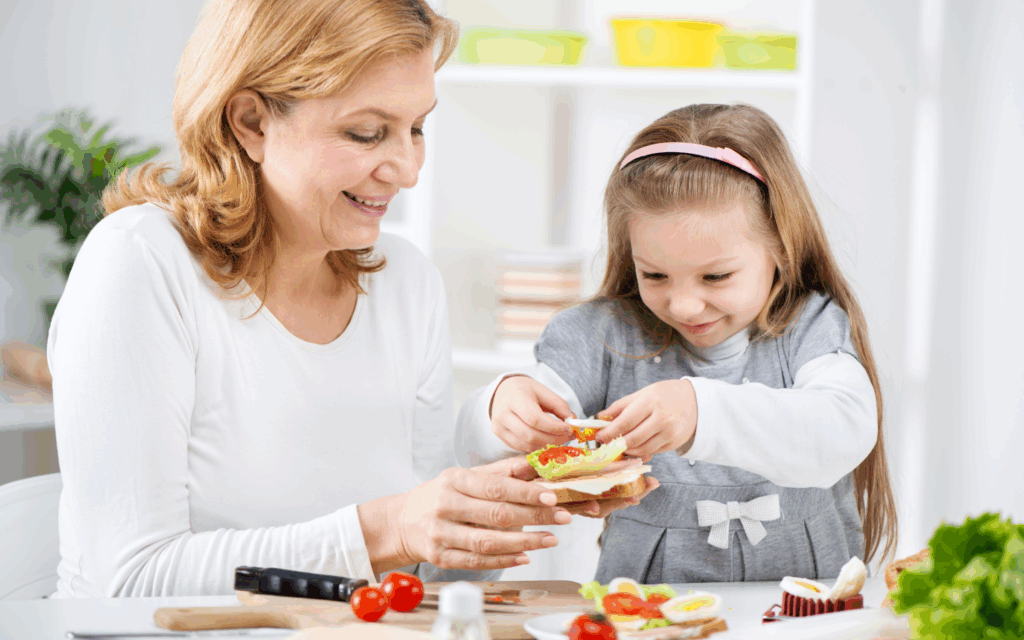August is National Sandwich Month, the perfect time to celebrate one of America’s favorite meals — and rethink how to make it healthier without sacrificing taste.
While 42% of people saying bread is the most important ingredient in a sandwich1, many choose to opt out of using bread on sandwiches to cut carbs and calories. But is bread really the problem? Science says no.
Why Bread Belongs in Your Sandwich
Research2 shows that grain foods, including bread, contribute less than 15% of total daily calories, yet they provide essential nutrients many Americans are missing, such as:
- Fiber
- Folate
- Iron
- Calcium
- Magnesium
- Vitamin A
Moreover, the study reinforced that the ingredients inside the sandwich, not the bread itself, are the leading contributors of calories, fat and sodium in the typical American diet.
Building a Better Sandwich: What the Research Shows
To prove that sandwiches can be both delicious and nutritious, researchers modeled ingredient combinations to reduce calories, fat, saturated fat and sodium—while boosting important nutrients3.
Here are two examples:


Classic Sandwich Combo:
- 2 slices of whole grain or enriched, refined grain bread
- 2–3 slices of lunch meat
- 1 slice of cheese
- A few leaves of dark leafy greens (spinach, etc.)
- A slide of tomato
PB&J Upgrade:
- 2 slices of whole grain or enriched, refined grain bread
- 2 tablespoons of peanut butter
- 1 tablespoon of jam
The Results: Small Changes, Big Impact
When participants swapped their usual sandwiches for these balanced options:
- Calories dropped by 46–87 per day
- Total fat decreased by 5–14 grams
- Saturated fat dropped by about 5 grams
- Sodium fell by 400–790 milligrams
- Key nutrients increased, including folate, iron, thiamin, niacin, and fiber
With a few simple tweaks, we can build better sandwiches and deliciously enjoy a variety of food groups, including grains, and the nutrients they deliver.
Sources:
1The Keynote Report on Sandwiches. Datassential. September 2014. https://datassential.com/Pdf/MenuTrends%20Sandwich%20Keynote.pdf
2Papanikolaou Y & Fulgoni VL. Grain foods are meaningful contributors of nutrient density of American adults and help close nutrient recommendation gaps: Data from the National Health and Nutrition Examination Survey, 2009-2012. Nutrients. 2017: Aug 14;9(8). pii: E873. doi: 10.3390/nu9080873
3Papanikolaou Y & Fulgoni VL. Certain Grain Foods Can Be Meaningful Contributors to Nutrient Density in the Diets of U.S. Children and Adolescents: Data from the National Health and Nutrition Examination Survey, 2009–2012. Nutrients 2017, 9(2), 160; doi:10.3390/nu9020160

